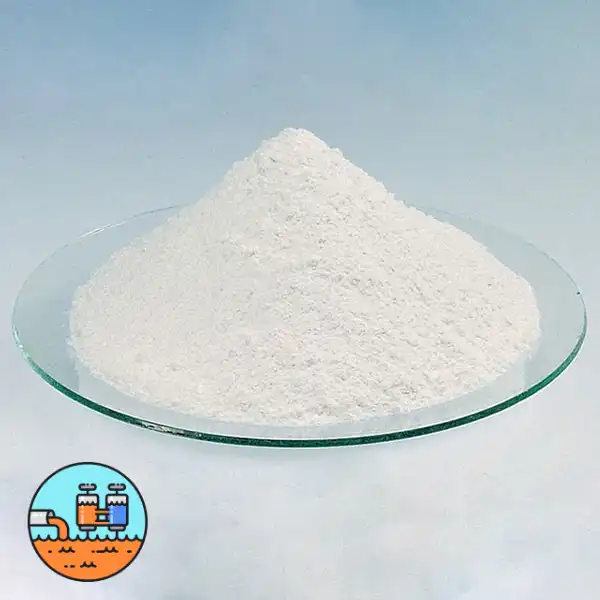Hebei Messi Biology Co., Ltd. stated that magnesium hydroxide [Mg(OH)2] is a flame retardant that we are all familiar with. It is often added to polymer materials and can improve the safety factor of polymer materials with problems such as flammability and high smoke generation. When encountering a fire, magnesium hydroxide will decompose and release bound water after being heated to absorb a large amount of latent heat, reducing the surface temperature of the filled synthetic material in the flame; at the same time, it can also suppress smoke, greatly reducing the smoke density during combustion, and reducing the risk of suffocation of victims trapped in the fire due to thick smoke.
Such an excellent flame retardant is good enough to do its job well. However, sometimes it can perform beyond its normal performance. Under certain conditions, when magnesium hydroxide is mixed with other thermal conductive fillers into polymer materials, it can also play the role of “synergistic heat conduction” at the same time.

Why study the thermal conductivity of magnesium hydroxide?
At present, high thermal conductivity insulation materials are widely used in aerospace and electrical equipment. In terms of electrical equipment, with the rapid growth of electricity demand, the capacity of power transmission equipment such as transformers and insulated cables is getting larger and larger, and the heat generated is getting higher and higher. Therefore, the insulation material is aged faster, resulting in a reduction in the service life of the equipment. Therefore, improving the thermal conductivity of the insulation material in the power cable is of great practical significance for improving the current carrying capacity of the cable core.
For cable materials, insulation is important, and thermal conductivity is also important
At present, the thermal conductivity of composite materials at home and abroad is mainly to add thermal conductive fillers with higher thermal conductivity to the polymer matrix through a certain blending method. There are many types of thermal conductive fillers. At present, the research on single filler thermal conductive insulation composite materials has been relatively complete. The outstanding fillers are represented by alumina (Al2O3), aluminum nitride (AlN), boron nitride (BN), etc.
Among them, AlN has a very high thermal conductivity, but it is expensive. In order to obtain better thermal conductivity, manufacturers often adopt the form of “mix and match” to add two or more thermal conductive fillers to polymer materials. For the power cable insulation materials mentioned above, the selection of the second filler needs to consider the rigid demand of the cable – the limiting oxygen index (LOI) of the commonly used insulation materials in power cables is mostly below 21%, which means that these materials are extremely easy to burn in the air. Adding a large amount of flame retardant to the insulation material can increase the oxygen index of the composite material, which can achieve rapid heat absorption and smoke elimination when the material burns, improving its reliability and safety. Therefore, the flame retardant can be used as the second filler, which is the magnesium hydroxide [Mg(OH)2 used in this study].
Effect of adding magnesium hydroxide
According to the study, the addition of Mg(OH)2 mainly brings the following effects:
(1) In multi-filler composite materials, the addition of Mg(OH)2 can improve the thermal conductivity of the composite material, and produce a certain degree of synergy with BNNs in terms of axial thermal conductivity, further improving the axial thermal conductivity of the composite material.
(2) At different doping contents, thickness will greatly affect the thermal conductivity of the material. Compared with composite materials with thicker thickness, composite materials with thin thickness are more likely to cause BNNs to be arranged along the radial direction of the sample, thereby improving the radial thermal conductivity of the composite materials on a macro scale. The composite materials show stronger anisotropy in thermal conductivity.
(3) At a certain thickness, when the Mg(OH)2 filler content is similar to the BNNs filler content, Mg(OH)2 will further enhance the radial arrangement of BNNs and thus improve the radial thermal conductivity of the composite materials. When the Mg(OH)2 filler content is much higher than the BNNs filler content, Mg(OH)2 will inhibit the radial arrangement of BNNs and thus reduce the radial thermal conductivity of the composite materials. At the same time, the addition of high filler content Mg(OH)2 will also hinder BNNs from forming large thermal conduction paths, which will also reduce the radial thermal conductivity of the composite materials.
(4) The addition of Mg(OH)2 and BNNs will increase the dielectric constant and dielectric loss factor of the composite material at power frequency, and the dielectric properties increase with the increase of the content of the two fillers, resulting in a decrease in the dielectric properties of the composite material. However, compared with the increase in thermal conductivity, the decrease in the dielectric properties of the composite material is smaller.
Summary
The above is the reason why magnesium hydroxide can synergistically conduct heat in cable insulation materials. Although related research is still in its early stages, it also proves that similar “atypical thermal conductive materials” can play an unexpected role as long as they appear in the right posture and in the right occasion.
